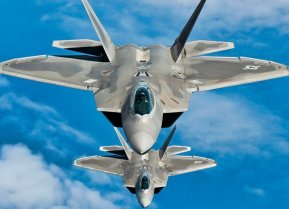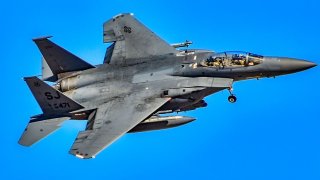S-300: The Russian Air Defense Missile That Had Just One Mission
It should be noted the S-300 is known for being a robust air defense platform that NATO and many Western nations fear. However, Russia had different plans after the Ukraine war went badly for Moscow.
Russia S-300: The Ultimate Guide to an Air Force Killer Turned Land-Attack Weapon - Nearly two years into its invasion, Russia is not slowing the pace of its offensive war against Ukraine.
Last week, eleven people were killed in the eastern Ukrainian town of Pokrovsk, Donetsk Oblast when Moscow carried out a “barbaric” S-300 missile attack targeting residences in the area.
The Soviet-era long-range surface-to-air missile system has been frequently used amidst Moscow’s ongoing offensive.
Back in July 2022, Kyiv first claimed that Russian forces were using the S-300 to attack land targets in the country, indicating that perhaps the Kremlin’s shortage of standoff weapons was more limited than initially believed.
It should be noted the S-300 is known for being a robust air defense platform that NATO and many Western nations fear.
Moscow operates several S-300 variants in addition to the SAMs’ successors the S-400 and S-500.
Introducing the S-300
Designated by the North Atlantic Treaty Organization (NATO) as SA-10 Grumble, the S-300 was developed by NPO Almaz for the USSR to defend against air raids and cruise missiles more than four decades ago.
The mighty surface-to-air missile system was intended to replace the aging Soviet S-25 Berkut and the S-75 Dvina mobile SAM systems during the height of the Cold War.
Around this time, long-range air-based cruise missiles were emerging as a major threat, and the S-300’s development was meant to counter this. It was also meant to go against the best air forces in the west and take on fourth-generation fighter jets.
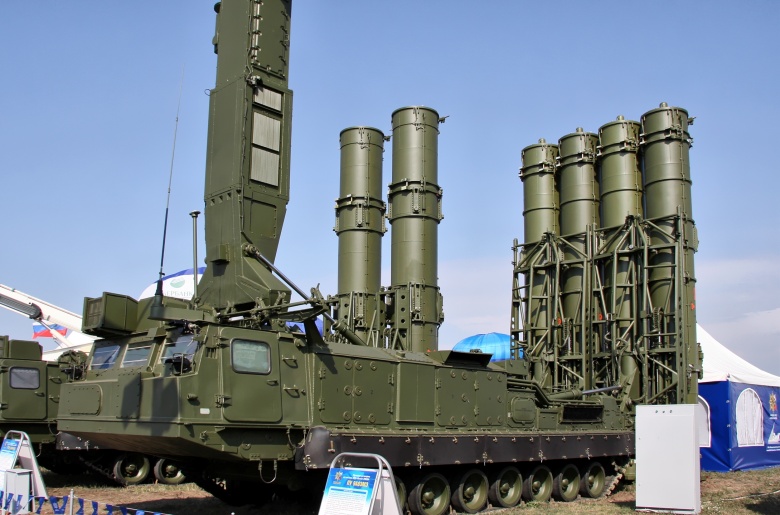
Three main variations of the S-300 series exist, in addition to many more sub-variants. The initial S-300 was first produced in the mid-1970s, while the S-300P began its testing phase a few years later. The final S-300V variant was developed in 1983 and its anti-ballistic capabilities were tested later in the decade.
The most recent version of the S-300, the Antey-2500, was implemented in the early 2010s. With a range of 350km according to Russian state-run media outlets, the system has a "high tactical and technical characteristics that allow it to use it for air defence of the most important administrative, industrial and military facilities, troop groups, coastal infrastructure and naval forces at stationing site.”
How does the S-300 work?
Inertial guidance systems incorporated in the S-300 missiles enable them to receive updates by radio link and semi-active radar homing. The S-300P system uses the 5V55K, 48N6 and 5V55R missiles, which all use high-explosive fragmentation warheads that destroy their targets via proximity and impact fuses. Out of these three missiles, the 5V55K has the longest range of 47k.
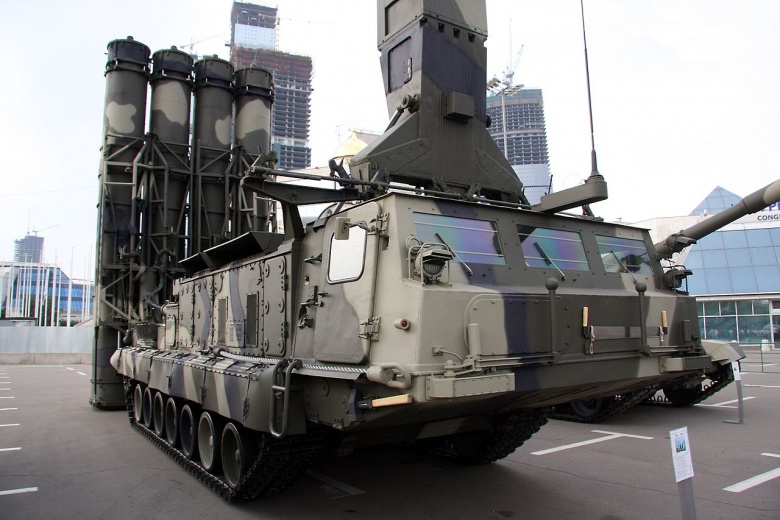
Additionally, the 5V55K can hit targets which are moving up to 4,300kph. The S-300Vs have been deployed alongside their S-400 successors in Russia’s Kaliningrad Enclave. This variant uses 9M83 and 9M82 missiles to target ballistic warheads. Both these variants can carry fragmentation warheads with inertial guidance systems. Additionally, the S-300V uses four tube launcher vehicles for the SA-23A Gladiator.
How has Russia used the S-300 system in Ukraine?
Since February 2022, Russian forces have used the S-300 system in ballistic missile mode to target and attack civilian and critical infrastructure in Kyiv. For this reason, Ukrainian forces have prioritized the destruction of as many Russian-deployed SAMs as possible. Over the summer, Kyiv’s Security Forces used unmanned aerial vehicles (UAVs) to take out radar equipment and cruise missiles to hit air defense missile launchers in Crimea.
This marked the first time Ukraine was stepping up its operations against occupying forces in Crimea. Since then, Ukraine has reportedly damaged at least three S-300 systems, in addition to a S-400 Triumph system. As explained by Ukraine’s press spokesperson for the South Operational Command, these air defense systems “could no longer be used either as a means of protection in Kherson region or as a means of attack.”
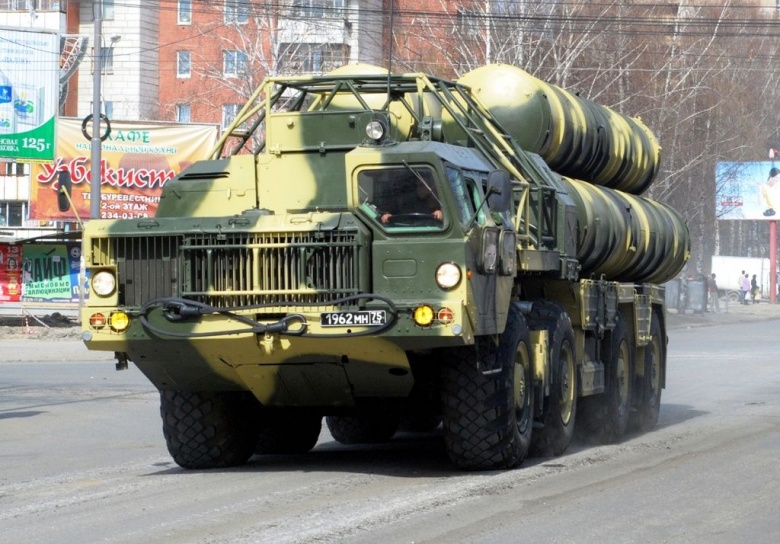
Russia’s use of S-300 missiles to strike land-based targets is indicative that a diminishing stockpile is forcing the Kremlin to repurpose its SAMs. In 2022, Russian forces struck dozens of buildings in Kyiv using these surface-to-air missile systems despite the fact that these weapons were intended for use against targets in the air. Some analysts have provided alternative theories on this issue.
As detailed by The Drive, “On the other hand, it’s possible that the S-300 has been called into action against land targets at least partially on practical grounds. If a target presents itself that is out of the range of standard artillery and an S-300 air defense battery is within range, it could well make sense to engage it by these means, rather than calling in a more expensive cruise missile strike. Not only would the land-attack cruise missile have to travel further to hit the target, but it would also do so by flying more slowly, and would take much longer to bring into action in the first place.”
While Russia’s SAMs may not be as advanced as the Kremlin would like to propagate, these anti-aircraft systems are considered to be extremely formidable.
About the Author: Maya Carlin
Maya Carlin, National Security Writer with The National Interest, is an analyst with the Center for Security Policy and a former Anna Sobol Levy Fellow at IDC Herzliya in Israel. She has by-lines in many publications, including The National Interest, Jerusalem Post, and Times of Israel. You can follow her on Twitter: @MayaCarlin. You can email the author: [email protected].
All images are Creative Commons.
